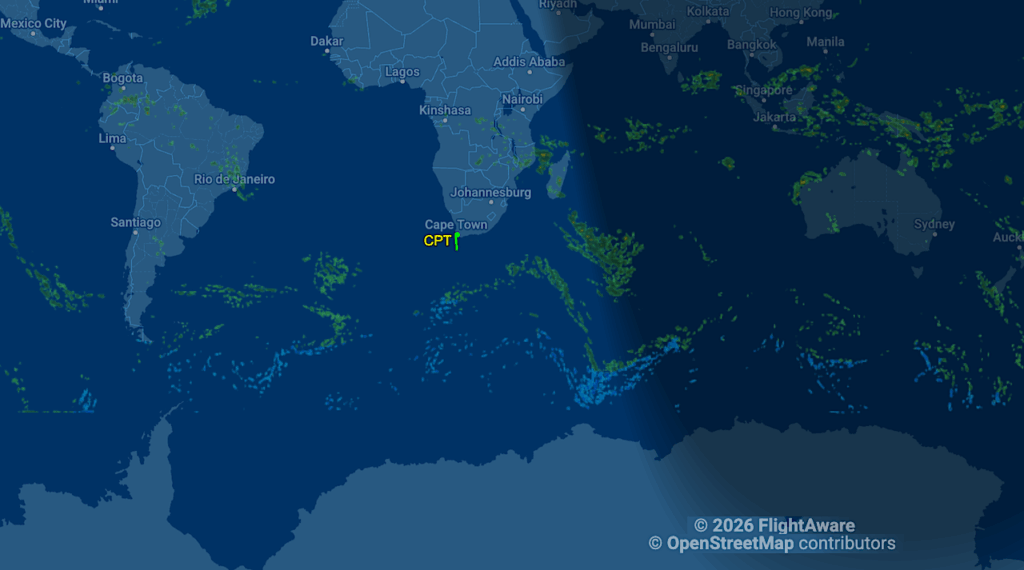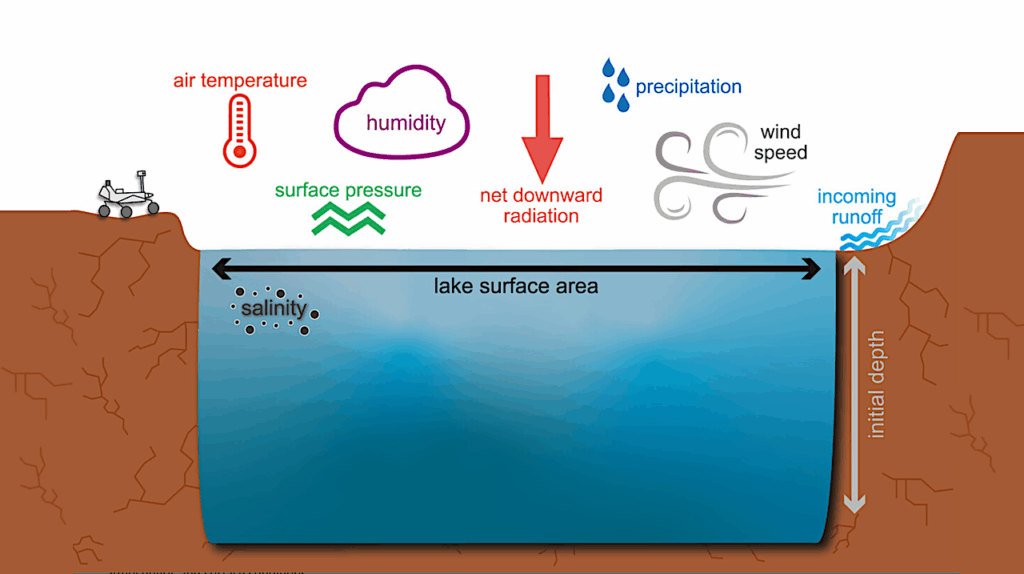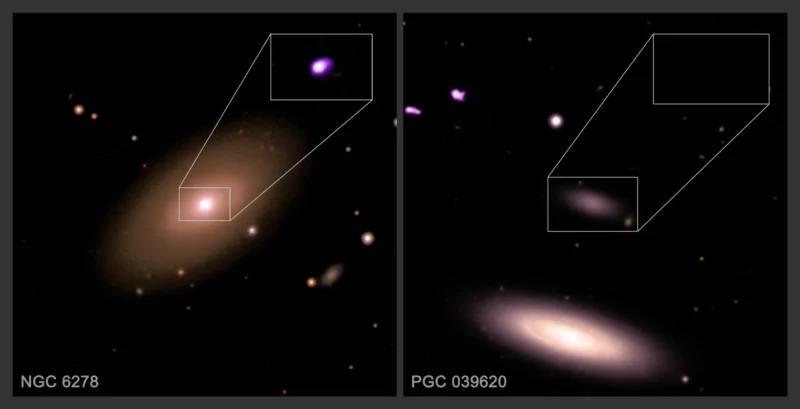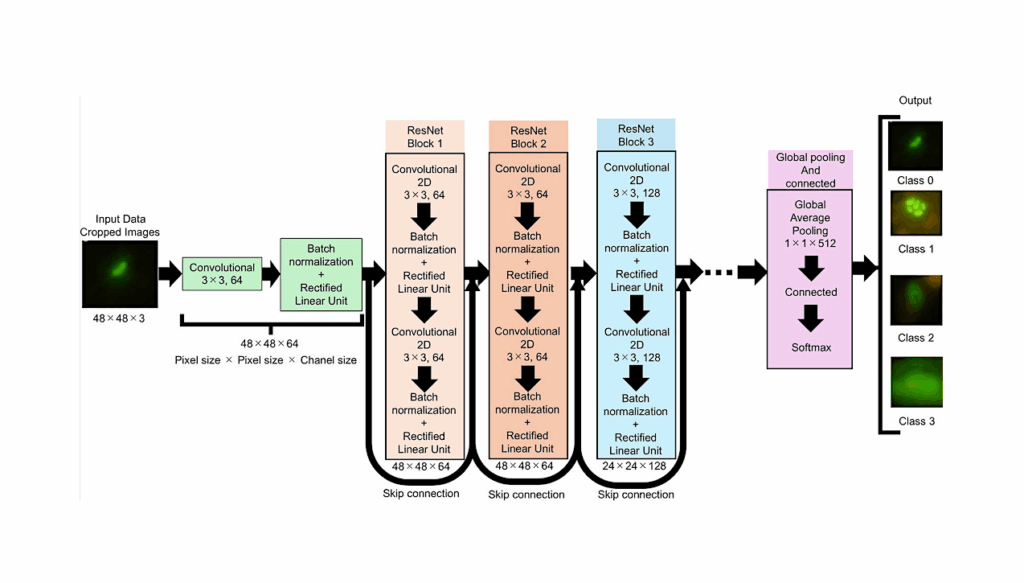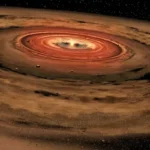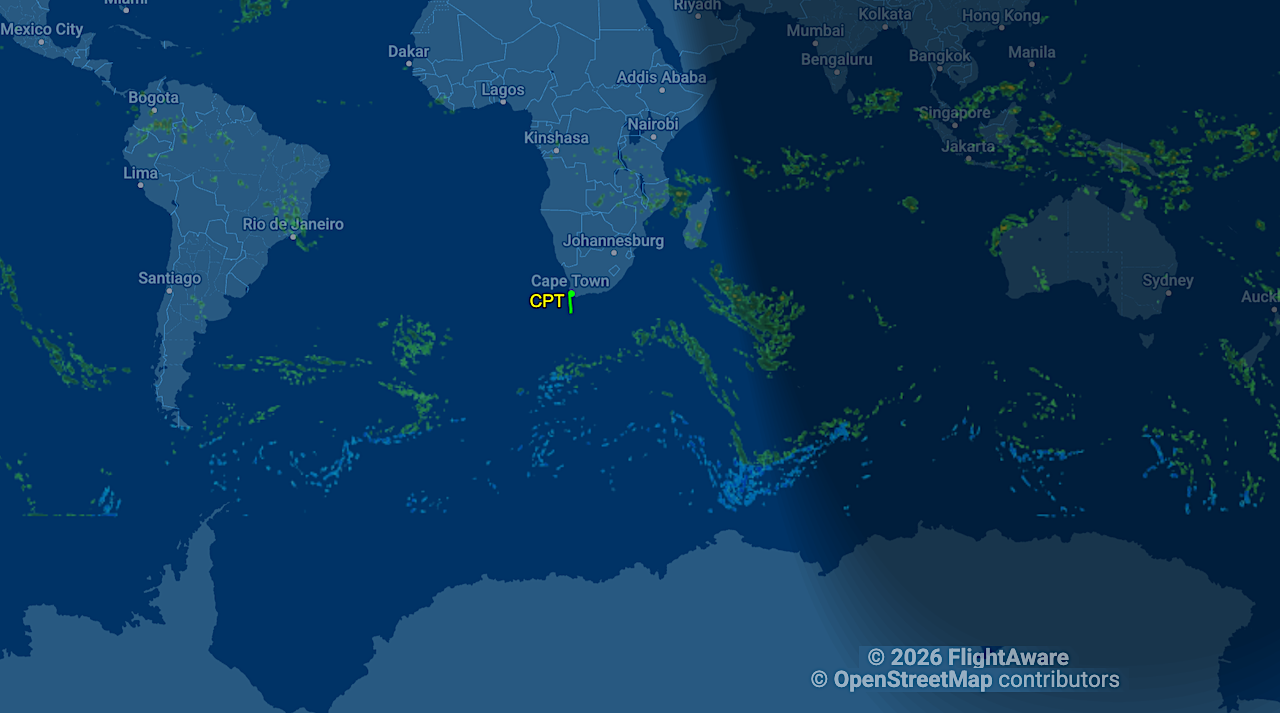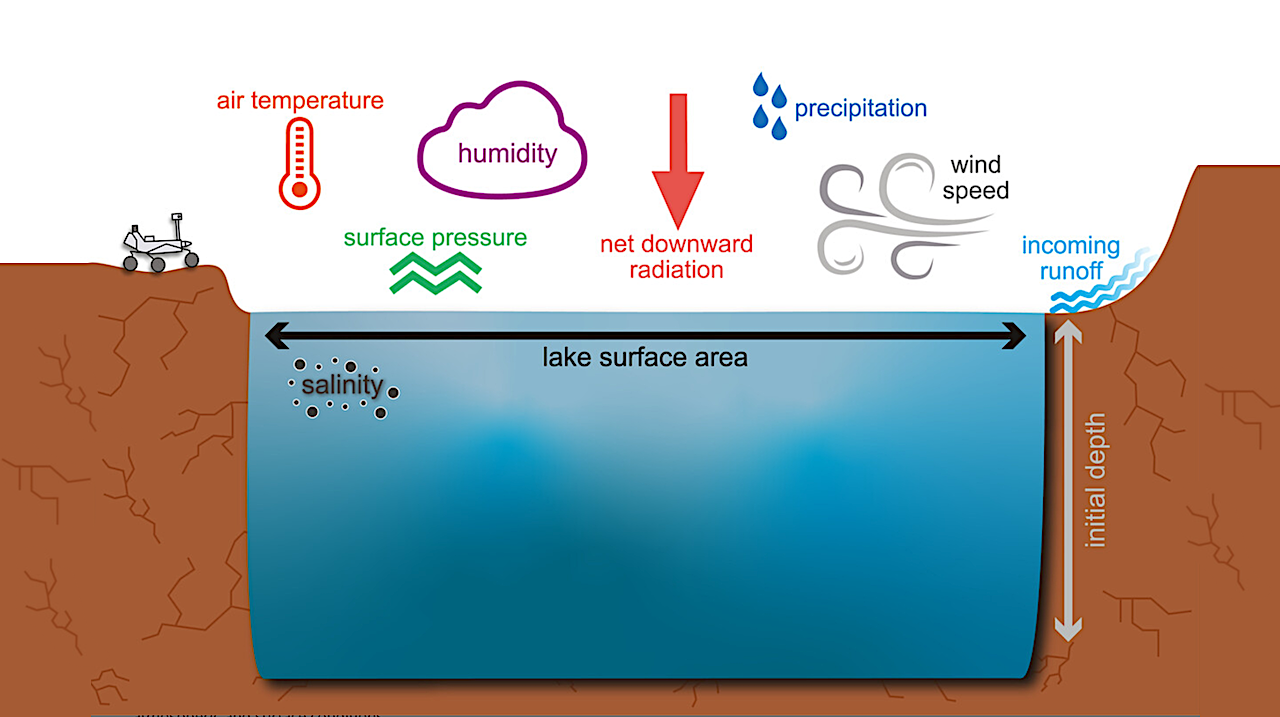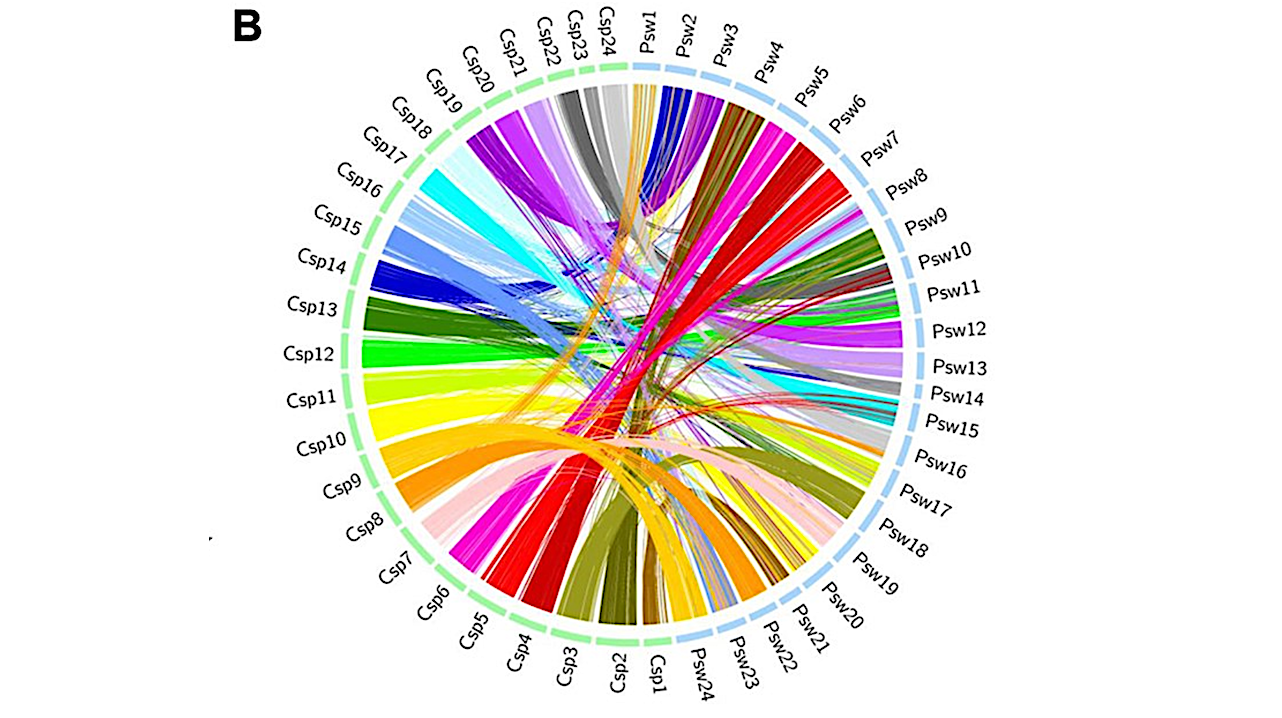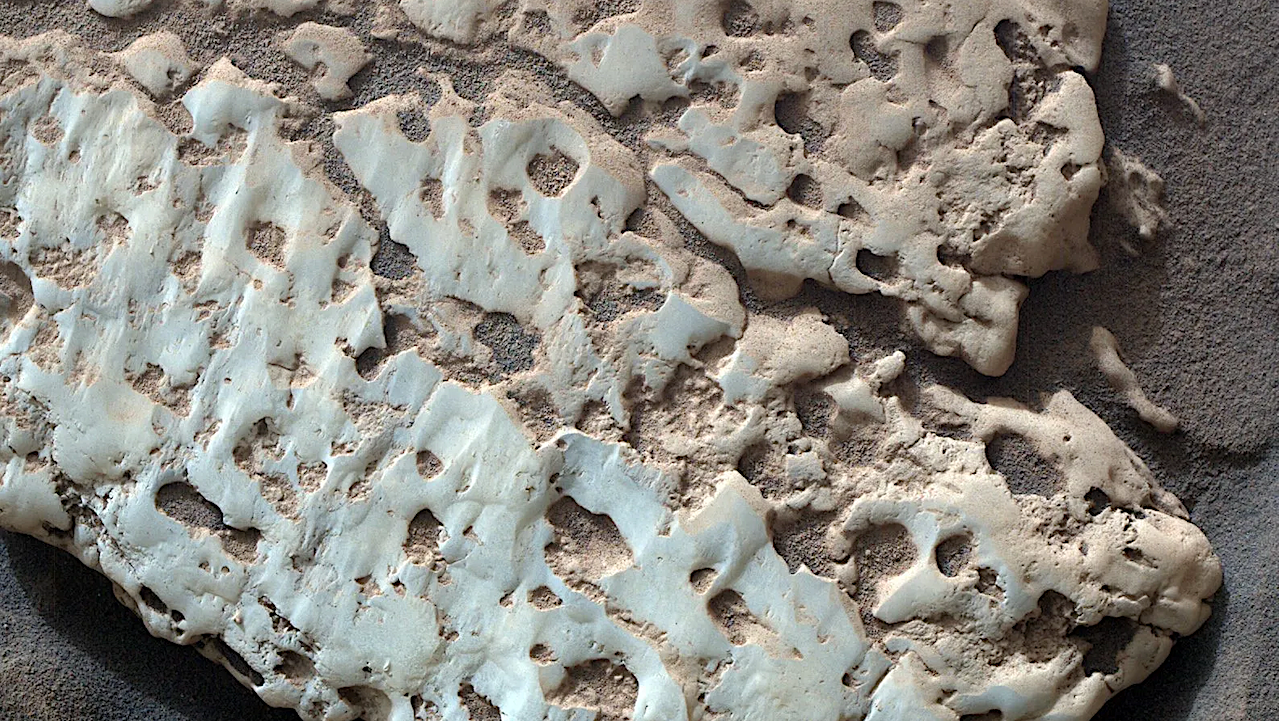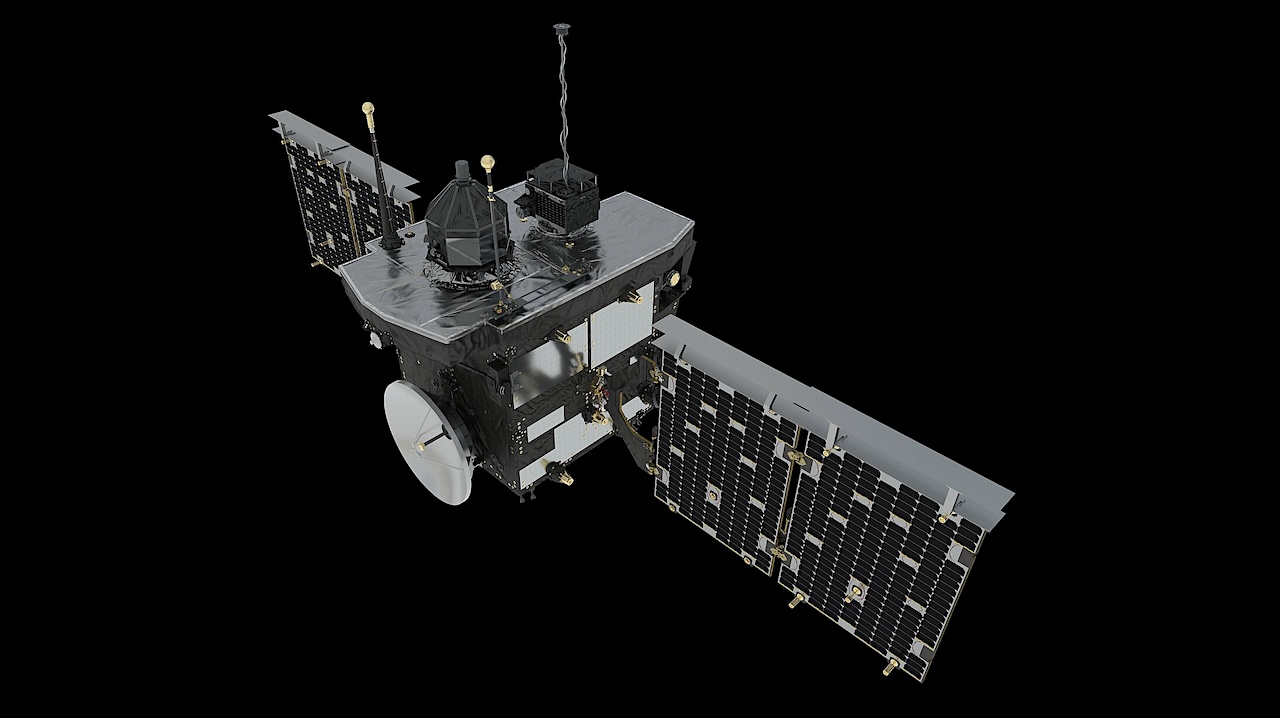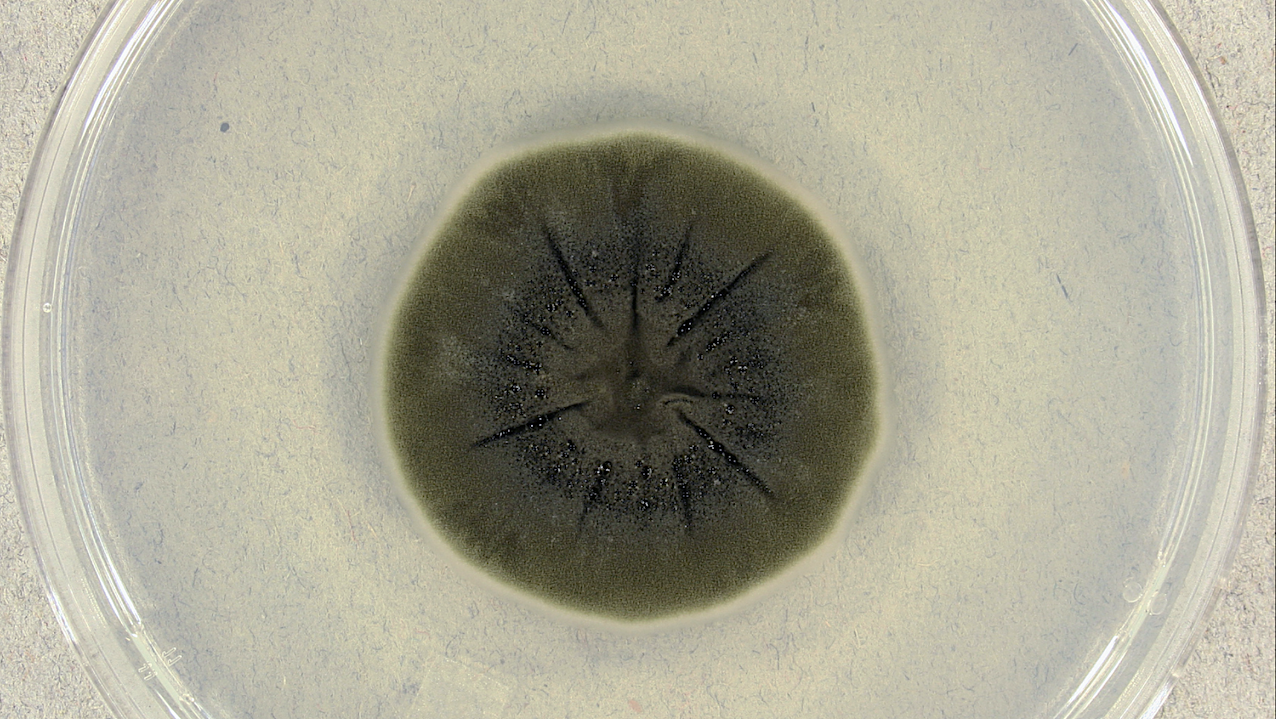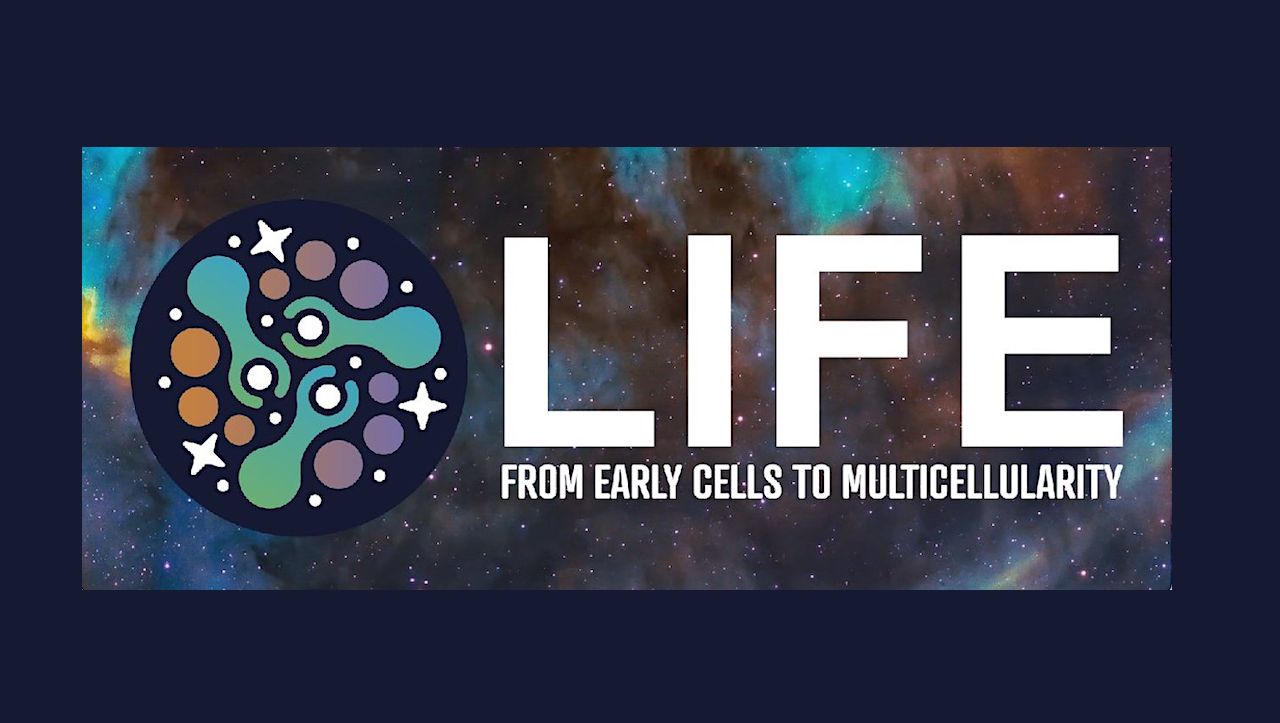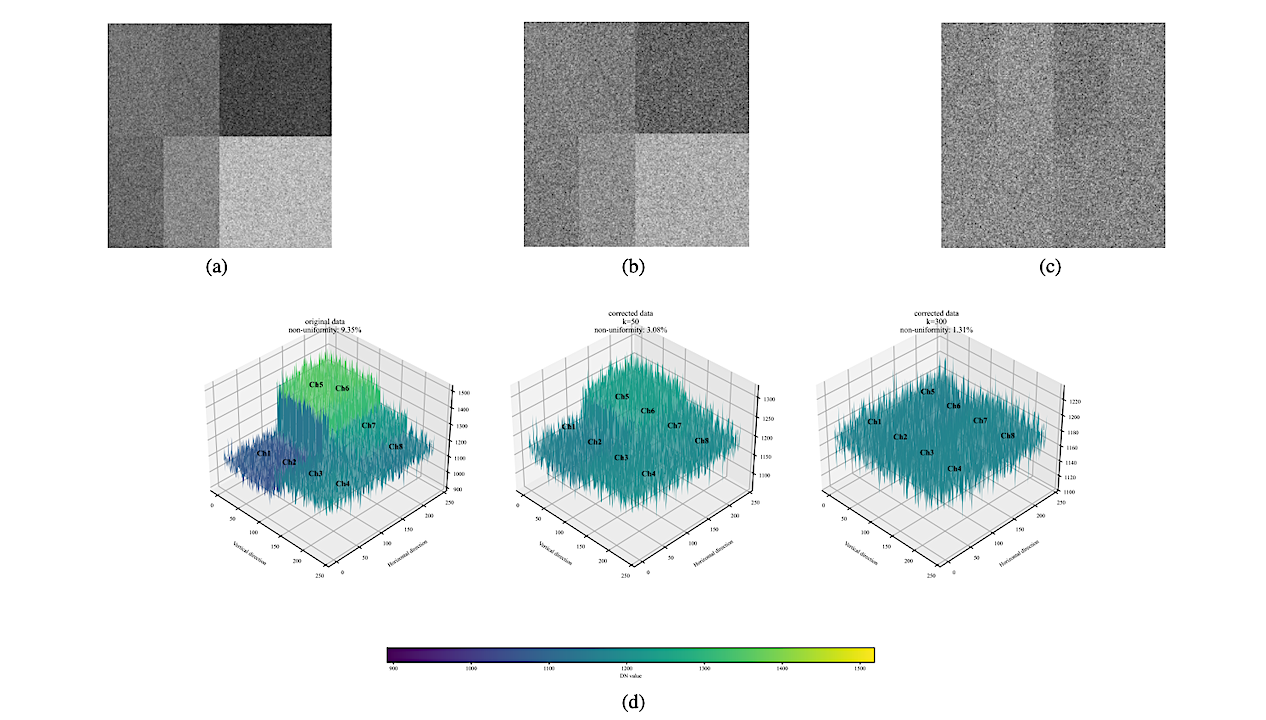Pan-evolutionary analysis for identifying conserved gene clusters and karyotypes. (A–C) Microsynteny analysis among deep ocean organisms. Circos plot for distribution and visualization of microsynteny blocks between two deep ocean organisms.
NASA’s Curiosity captured this close-up image of a rock nicknamed “Snow Lake” on June 8, 2024, the 4,209th Martian day, or sol, of the mission. Nine days earlier, the rover
Comet Interceptor — ESA Comet Interceptor is an ESA science mission with payload contributions from ESA Member States and with an international participation by JAXA. It is the first mission
The prototypical PAS (grass green)-GAF (green)-PHY (dark green)-output module (grey-blue) arrangement of bacteriophytochromes is depicted. The N-terminal segment (NTS, blue) and the PHY tongue (dark green β sheets or blue-green
Cladosporium sphaerospermum (UAMH 4745) on potato dextrose agar after incubation for 14 days at 25°C. — Wikipedia Extensive fungal growth has been detected on the walls and other building constructions
Graphic of the proposed scenario of sublimation in a disk with a warm dust trap, viewed from the side, based on van der Marel et al. (2021b). If the bulk
This NASA/ESA Hubble Space Telescope image features a section of the Tarantula Nebula in the Large Magellanic Cloud. ESA/Hubble, NASA, and C. Murray larger image Comparative analysis of redox properties
LIFE RCN Workshop Join the 2026 LIFE NASA RCN Seminar Series! This month’s speakers are Dr. Ilya Bobrovskiy and Dr. Tharika Liyanage. Time: January 6th, 8AM PDT/11AM EDTJOIN Title: Unmixing
The systematic evaluation of algorithm effectiveness. (a) displays the original flat-field response distributions following background correction. Panels (b,c) illustrate the corrected results after algorithm processing, while (d) presents the distribution
2 min read Preparations for Next Moonwalk Simulations Underway (and Underwater) Microbiology Laboratory at JSC NASA. Microorganisms and Spaceflight Spaceflight poses a risk of adverse health effects due to the
-
 01From Polymerization-Enabled Folding and Assembly to Chemical Evolution: Key Processes for Emergence of Functional Polymers in the Origin of Life
01From Polymerization-Enabled Folding and Assembly to Chemical Evolution: Key Processes for Emergence of Functional Polymers in the Origin of Life -
 02Two Black Holes Observed Circling Each Other for the First Time
02Two Black Holes Observed Circling Each Other for the First Time -
 03How New NASA, India Earth Satellite NISAR Will See Earth
03How New NASA, India Earth Satellite NISAR Will See Earth -
 04Thermodynamic Constraints On The Citric Acid Cycle And Related Reactions In Ocean World Interiors
04Thermodynamic Constraints On The Citric Acid Cycle And Related Reactions In Ocean World Interiors -
 05Φsat-2 begins science phase for AI Earth images
05Φsat-2 begins science phase for AI Earth images -
 06Hurricane forecasters are losing 3 key satellites ahead of peak storm season − a meteorologist explains why it matters
06Hurricane forecasters are losing 3 key satellites ahead of peak storm season − a meteorologist explains why it matters -
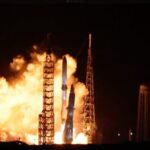 07U.S. Space Force awards $13.7 billion in new national security launch contracts to Blue Origin, SpaceX and ULA
07U.S. Space Force awards $13.7 billion in new national security launch contracts to Blue Origin, SpaceX and ULA


